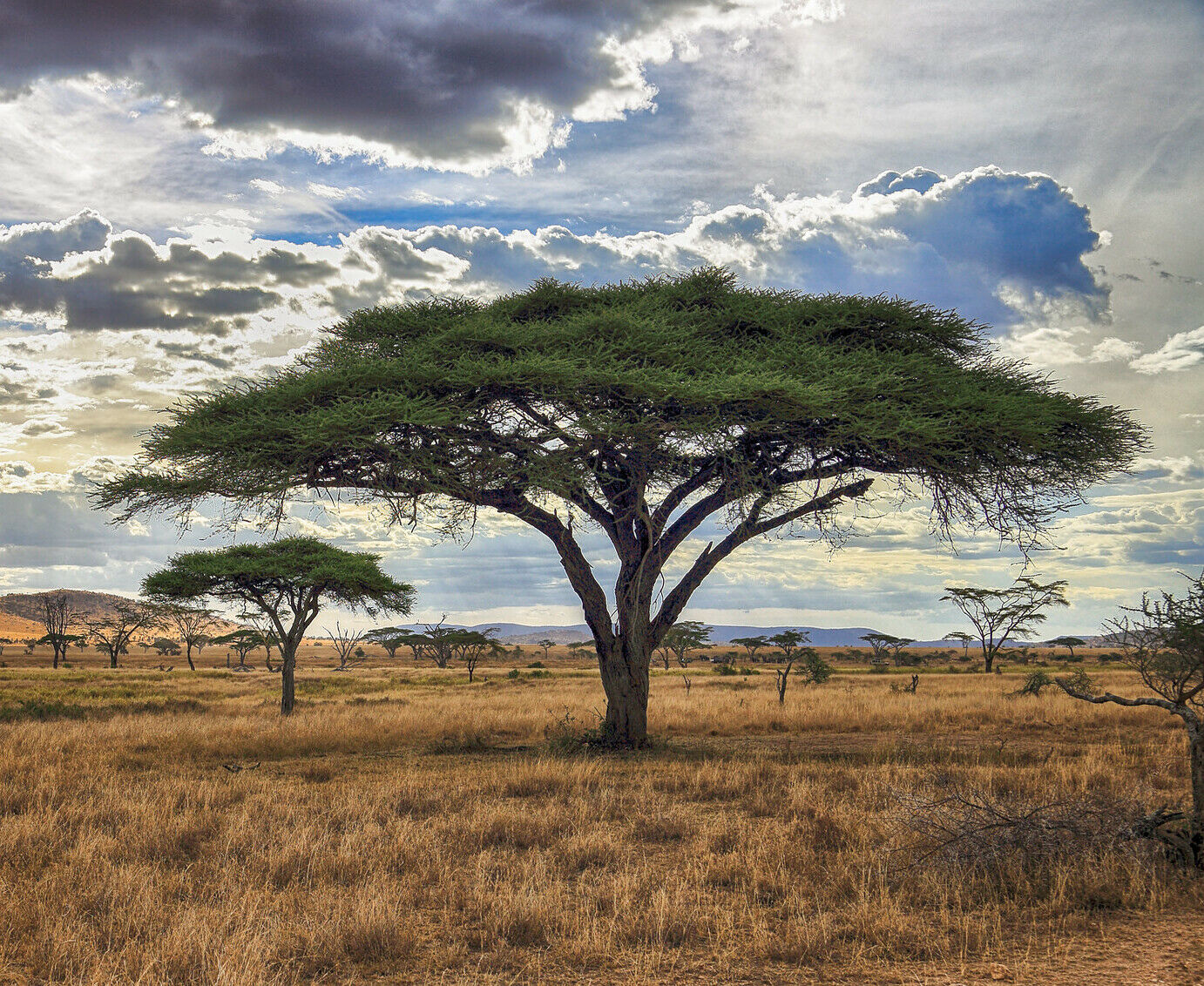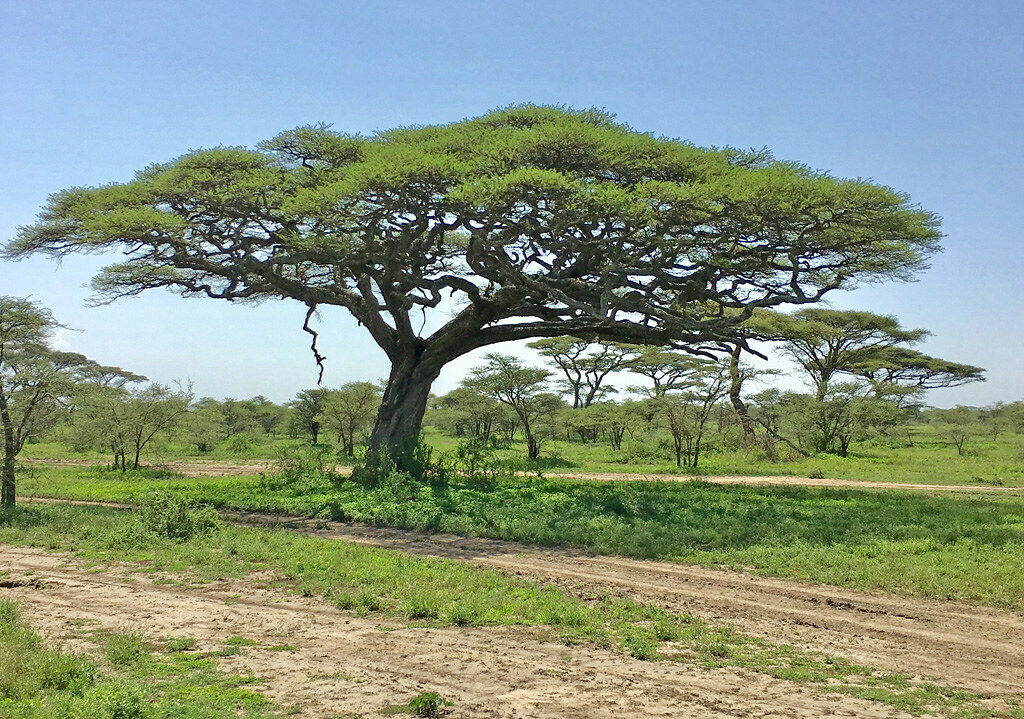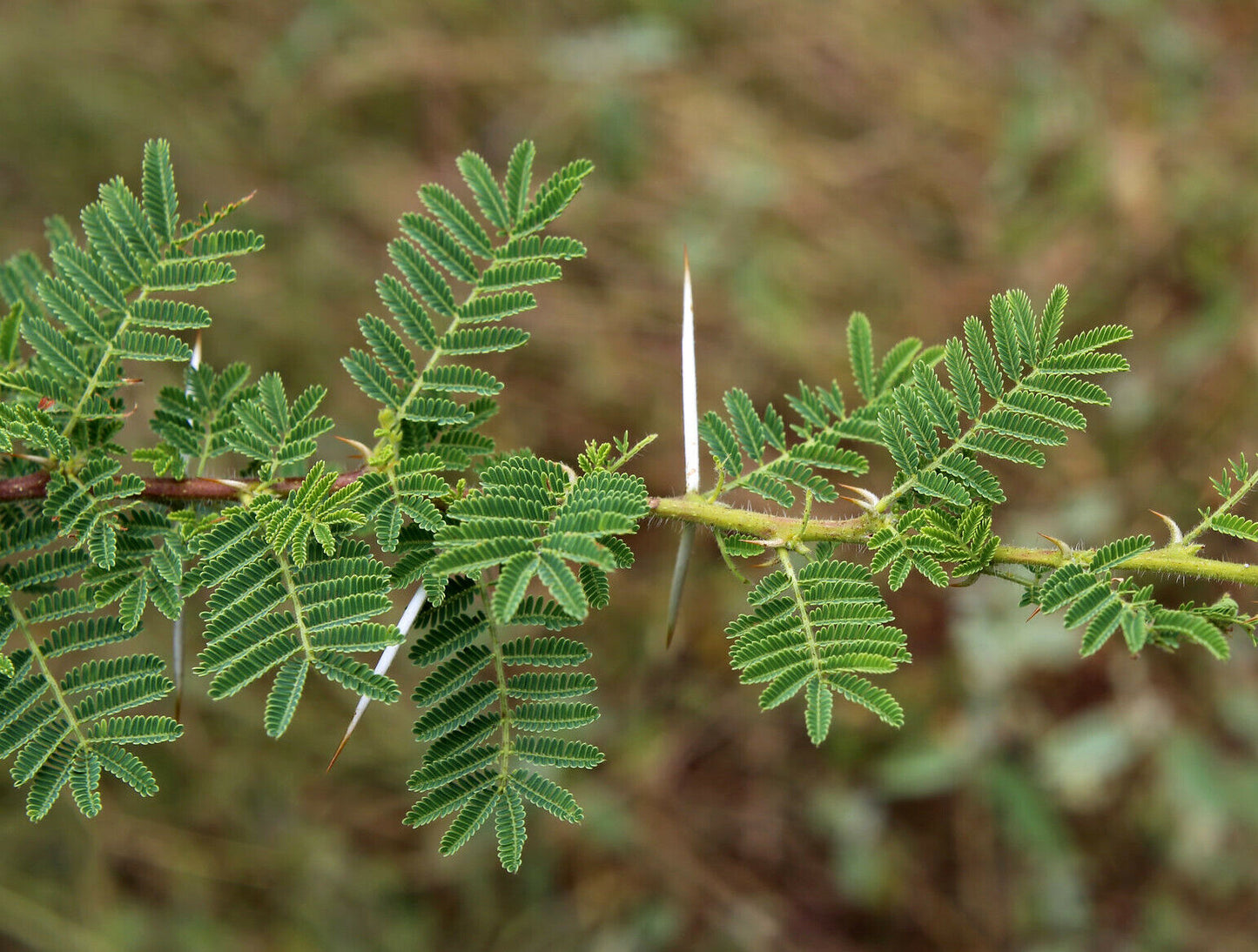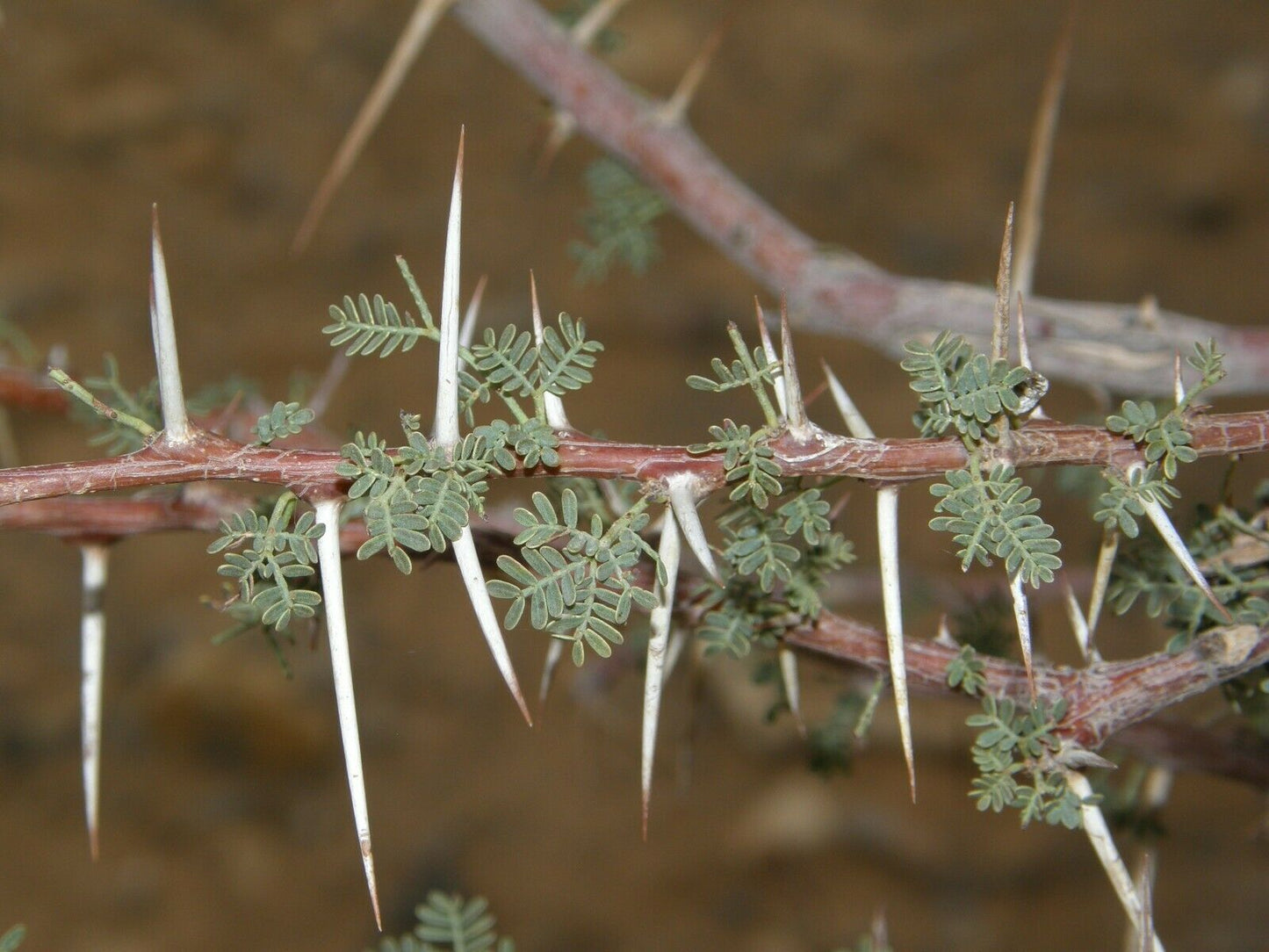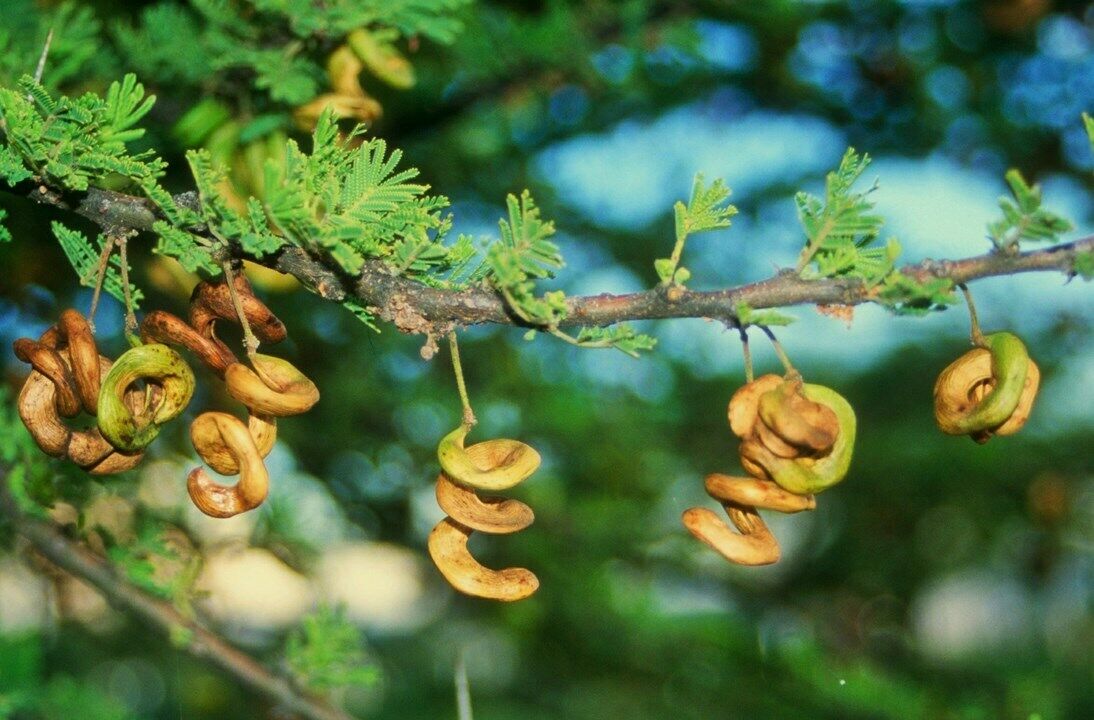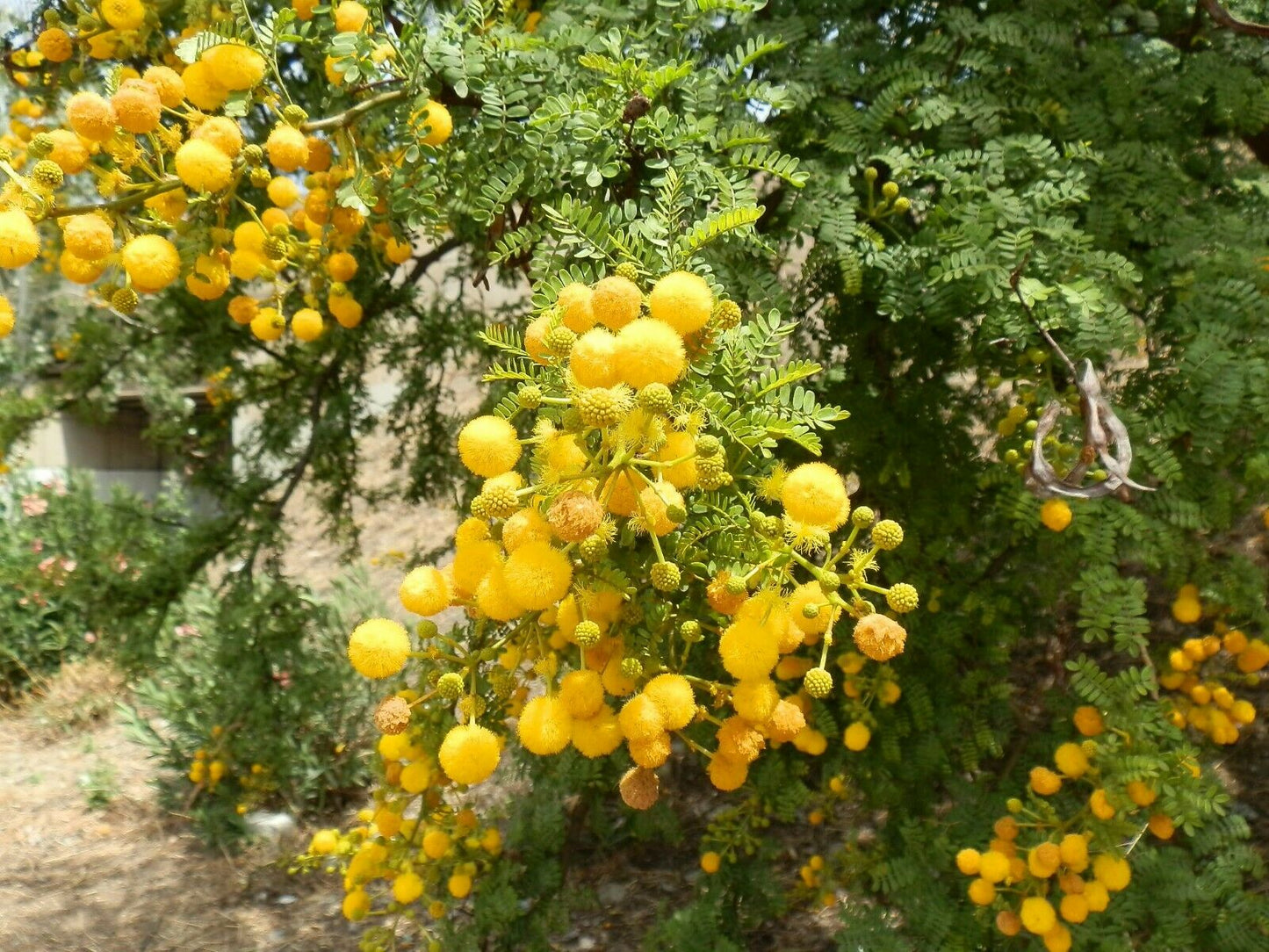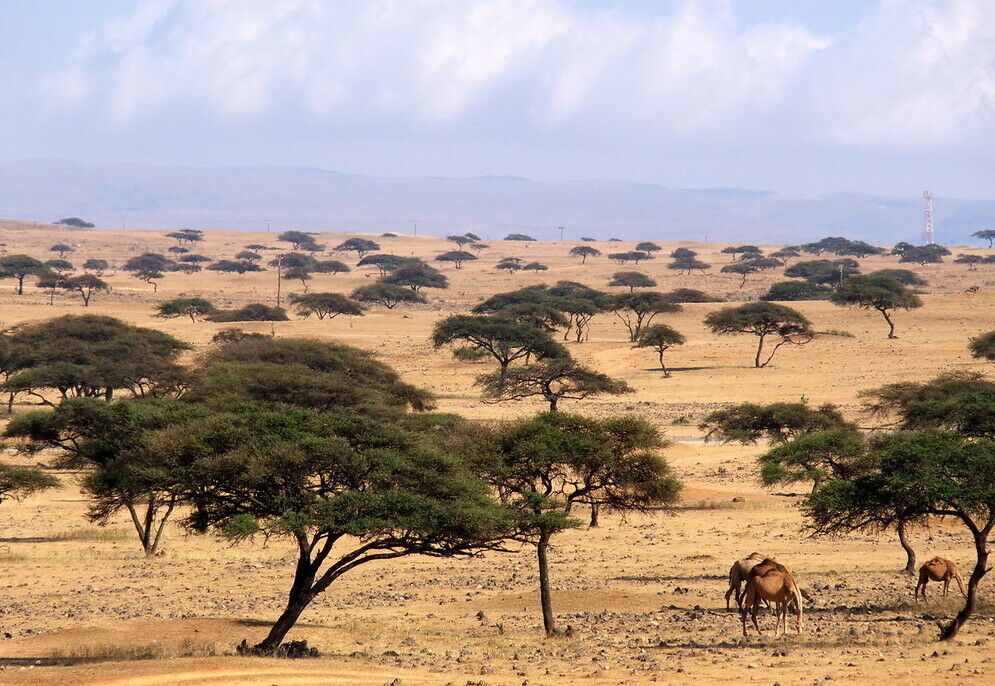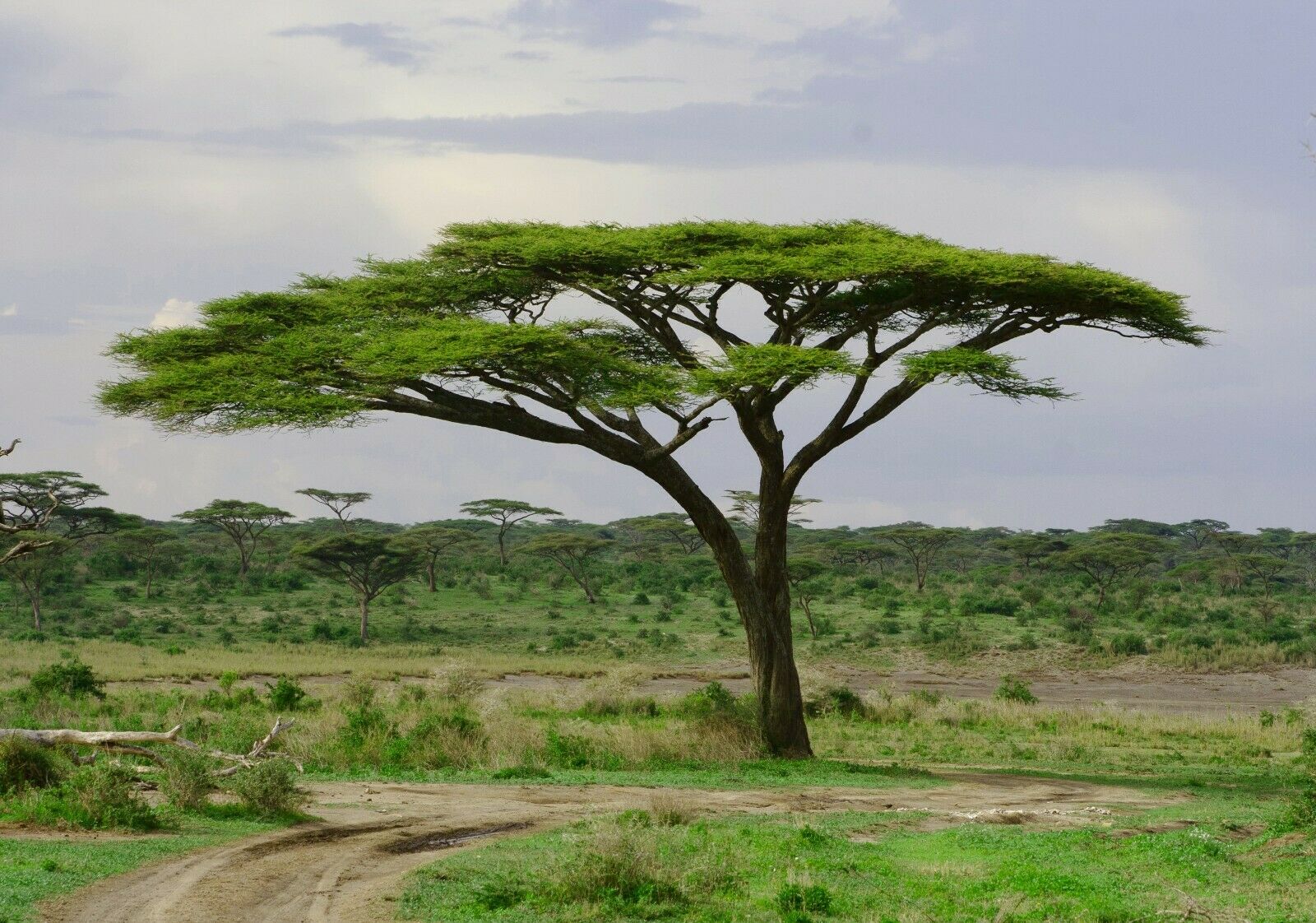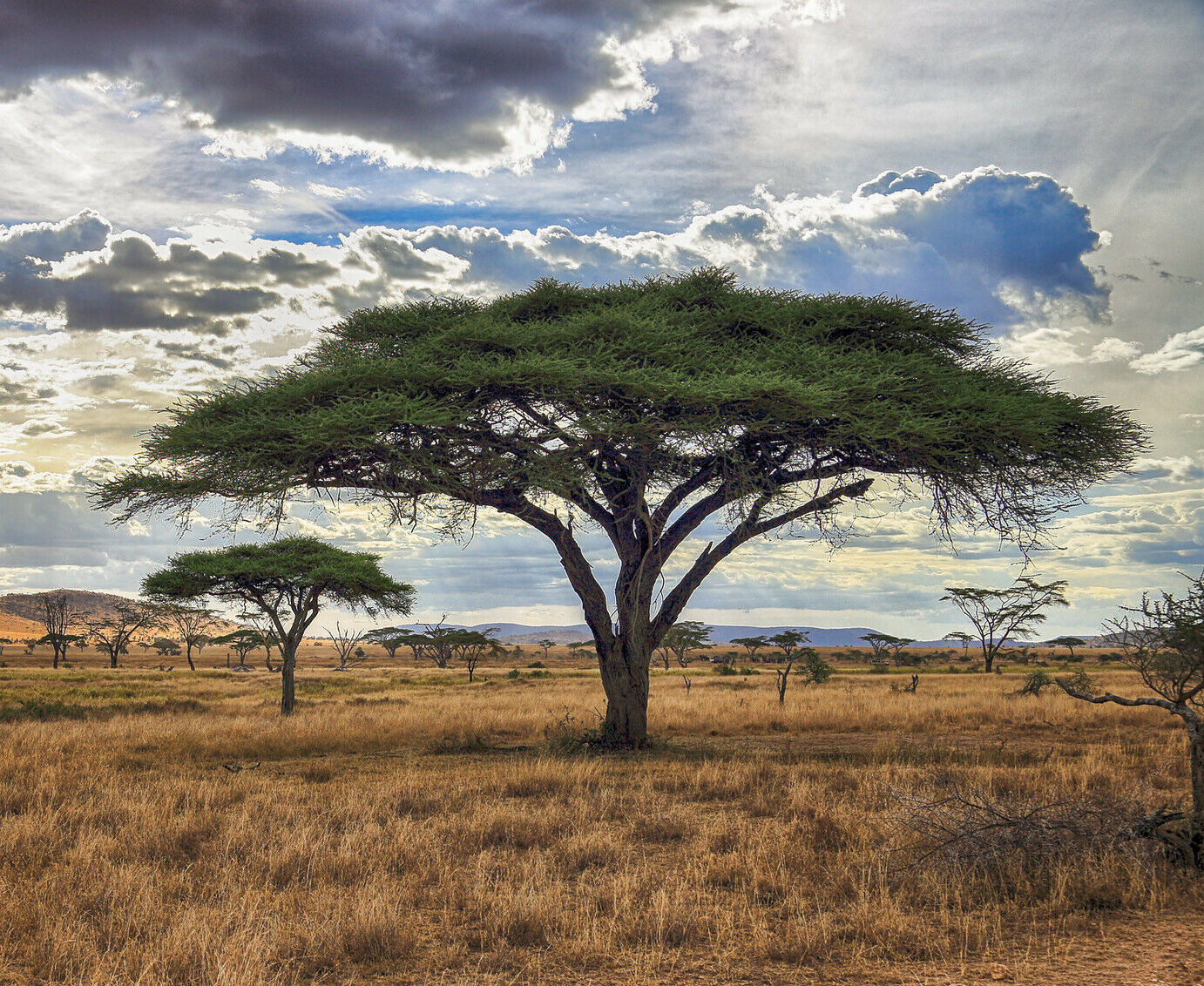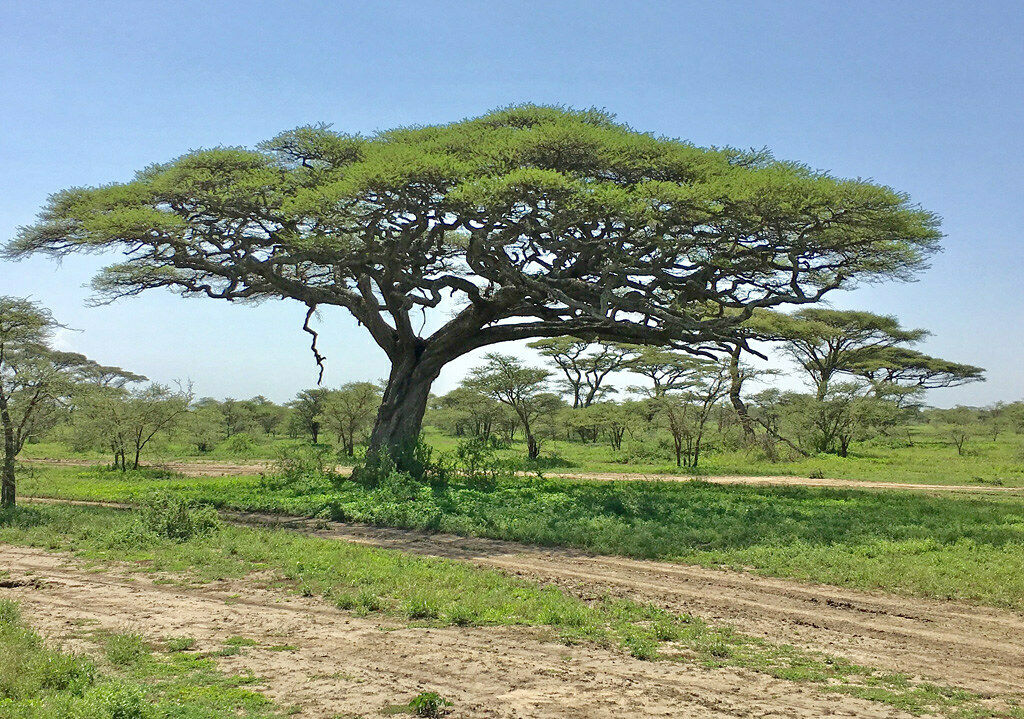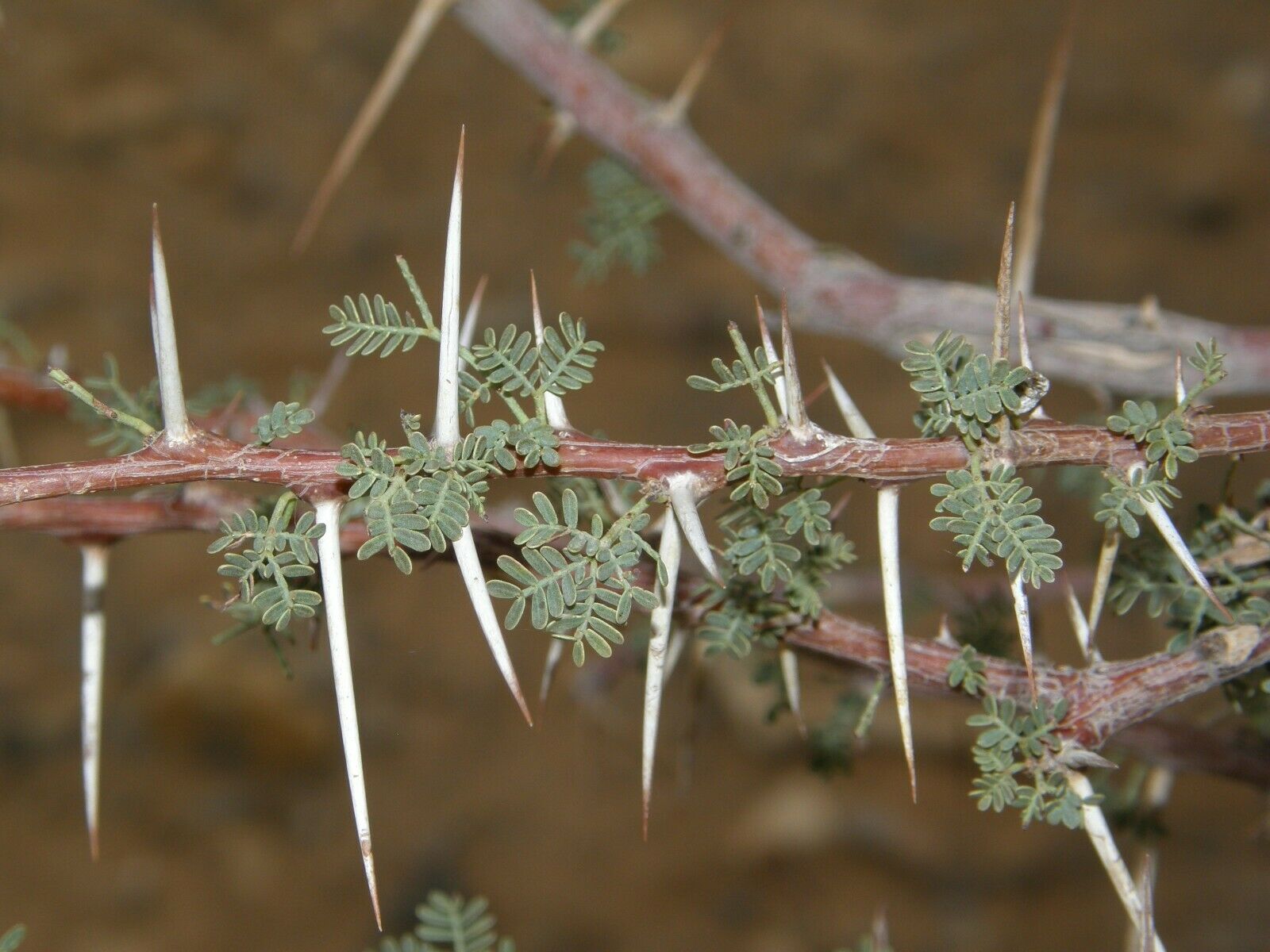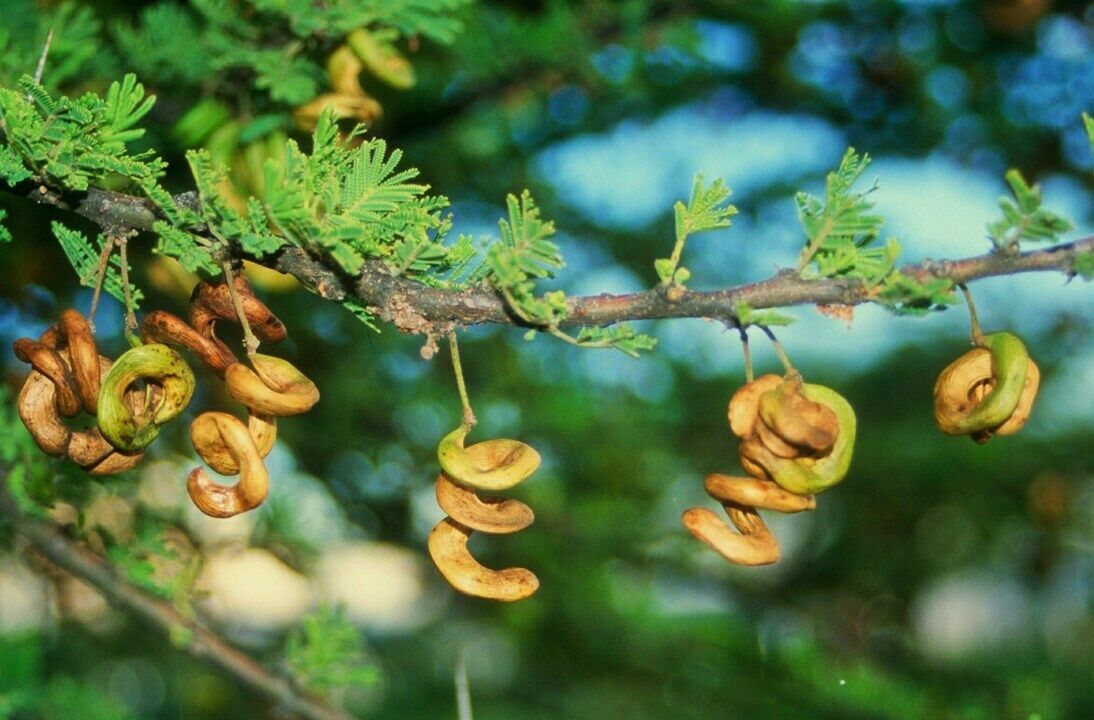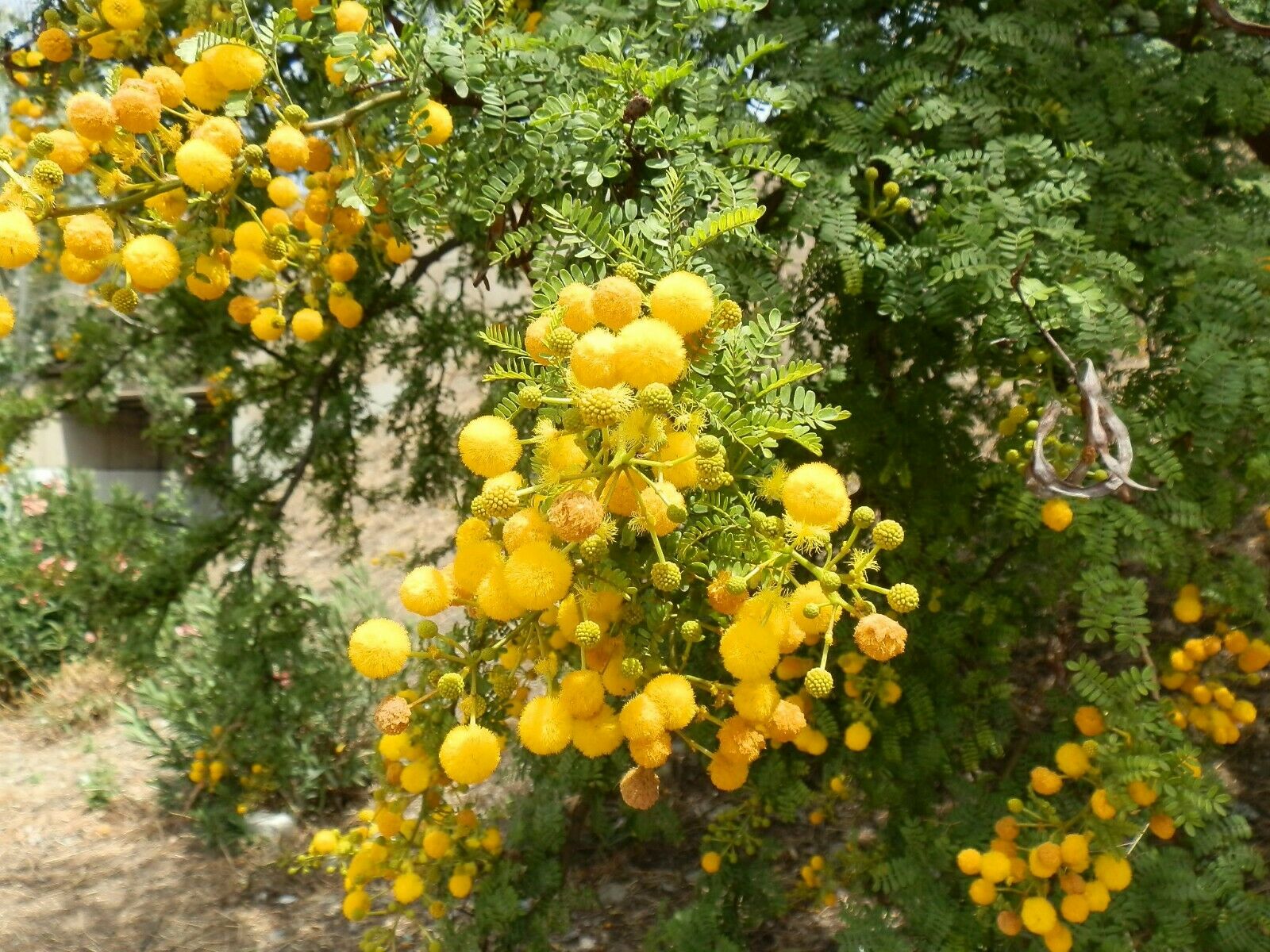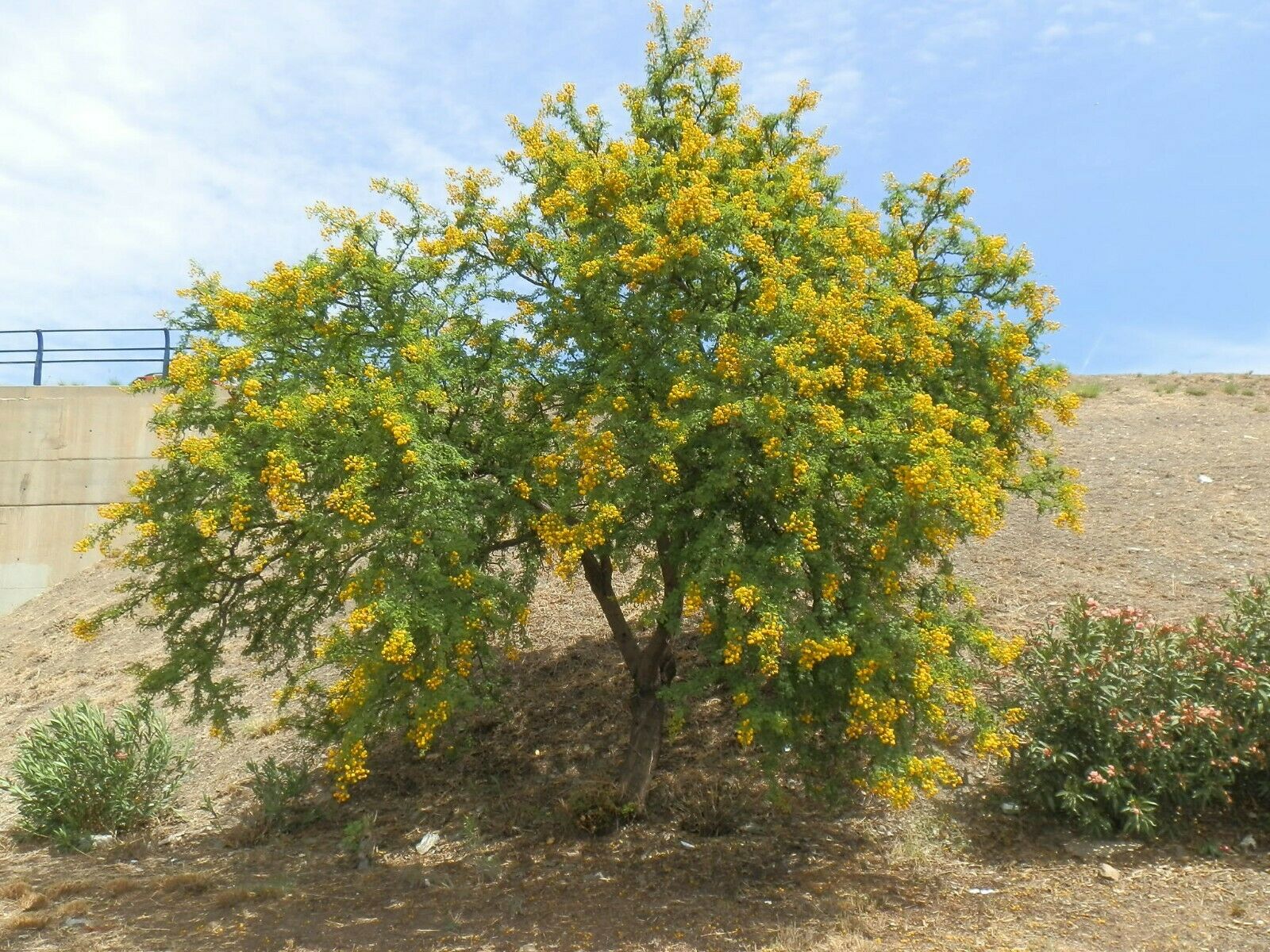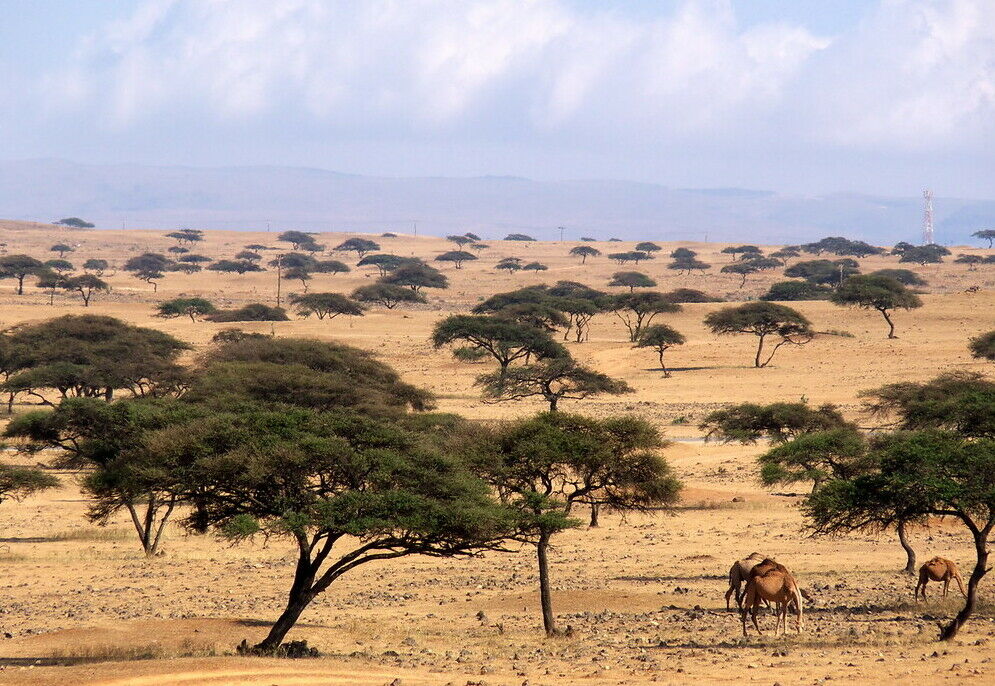Floridaseeds
Umbrella Thorn Acacia Acacia tortilis 20 Seeds USA Company
Umbrella Thorn Acacia Acacia tortilis 20 Seeds USA Company
Couldn't load pickup availability
The Umbrella Thorn Acacia is a thorny leguminous tree with the classic, umbrella-shaped canopy associated with thorn trees. It is usually about 4-8 m high, but it can reach 20 m. The crown is dense, broad, spreading and flat-topped. Leaves are compound and the leaflets (6-22 pairs) are very small (1-4 mm long x 0.6-1 mm broad), glabrous to pubescent. Flowers are white, cream or yellow, and highly aromatic. Fruit is a characteristic twisted brown pod, hence the epithet “tortilis”. Leaves are used as a fodder. Fruits are more nutritious if ground. Trees can survive heavy browsing. The umbrella thorn is native to arid and semi-arid areas of Africa and the Middle-East. It grows well on alkaline sandy or rocky soils. It is tolerant to severe drought due to its deep taproot system. It tolerates strong salinity and seasonal waterlogging. It withstands wide temperature variations (0°C to 50°C). It occurs in deciduous woodland, thornveld and bushveld. It is found from sand dunes and rocky scarps to alluvial valley bottoms.
The timber is used for fence posts, firewood, furniture and wagon wheels. The prolific pods make good fodder for desert grazers and the foliage is also palatable, Acacia tortilis being one of the major dry season fodder trees of the Sahara-Sahelian belt. Many bird species take advantage of the protection it offers and build their nests in the canopy. Bark is used for string in Tanzania. Gum is used as gum arabic, said to be edible. It is the tree most recommended for reclaiming dunes in India and Africa. The thorny branches are used to erect temporary cages and pens. Bark is said to be a good source of tannin. Africans once strung the pods into necklaces. Senegalese use the roots for spear shafts; Lake Chad natives use the stems for fish spears. African nomads often use the flexible roots for frameworks of their temporary shelters. The pods and leaves are highly nutritious. Vervet monkeys and baboons eat young green pods; other animals eat those which have fallen to the ground.
Growing Instructions
- Scarify the seeds by nicking or sanding the seed coat.
- Soak the seed in water for several hours.
- The seeds like moist, well-drained soil. Prepare a mixture of half potting soil and half sand, perlite or vermiculite. Put the soil in a pot. Water the mixture so that it is moist but not wet.
- Put the seeds on the soil.
- Cover the seeds with a thin layer of soil.
- Water the seeds.
- Place the pots in an area with warm temperatures in full sun or part shade.
- When the seedlings are a few inches tall, they can be transplanted.
Materials
Materials
Shipping & Returns
Shipping & Returns
Dimensions
Dimensions
Care Instructions
Care Instructions
Share

